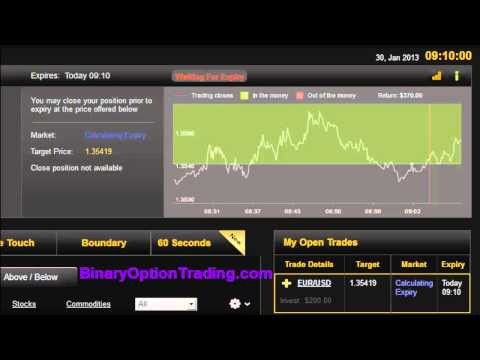TRLPC Oil slump to curb secondary market gains in January
Post on: 9 Июнь, 2015 No Comment

Analysis & Opinion
NEW YORK Dec 18 (Reuters) — Secondary loan market gains in January, a typically profitable month for investors, could be muted in early 2015 if the recent oil price rout and ensuing drag prolongs into the New Year.
There should still be some technical support in January, said Steven Oh, global head of fixed income at PineBridge Investments. But given negative sentiment, that technical uplift may only offset the current downside pressure, resulting in a leveling off in January rather than price increases.
Historically, in January, investors welcome a bump in secondary prices, which rise as a result of a hike in demand and limited primary loan opportunities. In 2011, loans returned 1.97 percent in January, the second-largest return that year. In 2012, loans got a 2.2 percent boost, the largest rise of the year. In 2013, loans saw 1.06 percent gain, also the largest for the year. This year, the January effect returned 0.65 percent, set to be the second-biggest month behind May’s 0.69 percent.
December has proven to be a rough period for secondary prices, and the loan market is heading into the New Year against serious headwinds. Crude prices, which have tumbled almost 50 percent from June, with the benchmark U.S. oil prices trading at $56.43 a barrel on Wednesday, have dragged loans down. After OPEC’s decision late November not to support oil prices with production cuts, the average bid in the overall market fell to 97.16 on Wednesday, the lowest since September of 2012 (it was 97.11 on Sep 11, 2012). Rattled retail investors also pulled an outsized $1.05 billion out of bank loan mutual funds the week ended December 10, which was also bad news for the secondary prices.
Three weeks ago, I would have absolutely expected the January effect, says Beth MacLean, executive vice President and bank loan portfolio manager at PIMCO.
Specifically, January 2015 is expected to have a limited new issue calendar. While some M&A deals may be announced, the financing will take some time to hit the market. Meanwhile, demand may be supported by continued new collateralized loan obligation (CLO) formation. Talks of two mangers planning large sprint and print deals, whereby CLO debt and equity tranches are raised prior to a manager putting together a full portfolio, may provide immediate buying power to offset potential retail outflows. Loan participants do expect some benefit — albeit muted — when investors are flush with cash to make purchases and companies crank out new loan.
The secondary market behavior may come down to oil prices stabilizing. On a relative value, loans have become attractive and the rest of the market should get a boost as buyer start to step back-in if crude finds a floor, loan sources say.
Once oil stops the downward spiral, then one can assess the valuation, predicts MacLean. If you see that, it bodes very well for the loan market.
Battered oil-related loan names could see a lift even if oil prices settle at current levels. Not only have those prices seen the sharpest decline, with some quoted in the 70s from the 90s perch a few weeks back, which are indicative marks of the perceived value in the market and not necessarily where these names are transacting.

True two-way flows are not very substantial and these are price discovery marks. If the market firms back up in January with real money buyers, we would expect to see improving price levels based on their support, says Robert Dial, managing director and head of high-yield credit at NYL Investors LLC.
The Federal Reserve may also boost the loan market by way of higher interest rates. The more vocal U.S. central bankers become about rising rates, the greater potential for floating rate loans to attract investor cash.
You may see money coming back in looking to take advantage of that dynamic, said Dial.
Loans, however, could still trade off from unanticipated geopolitical events. If investors become spooked, loans will trade off with other risk assets.
Geopolitical issues are less germane to what’s going on credit-wise in the loan market. But geopolitical issues will have an impact if investors flock out of anything with risk and seek safe heavens like Treasuries, Dial said. (Editing By Michelle Sierra and Jon Methven)














